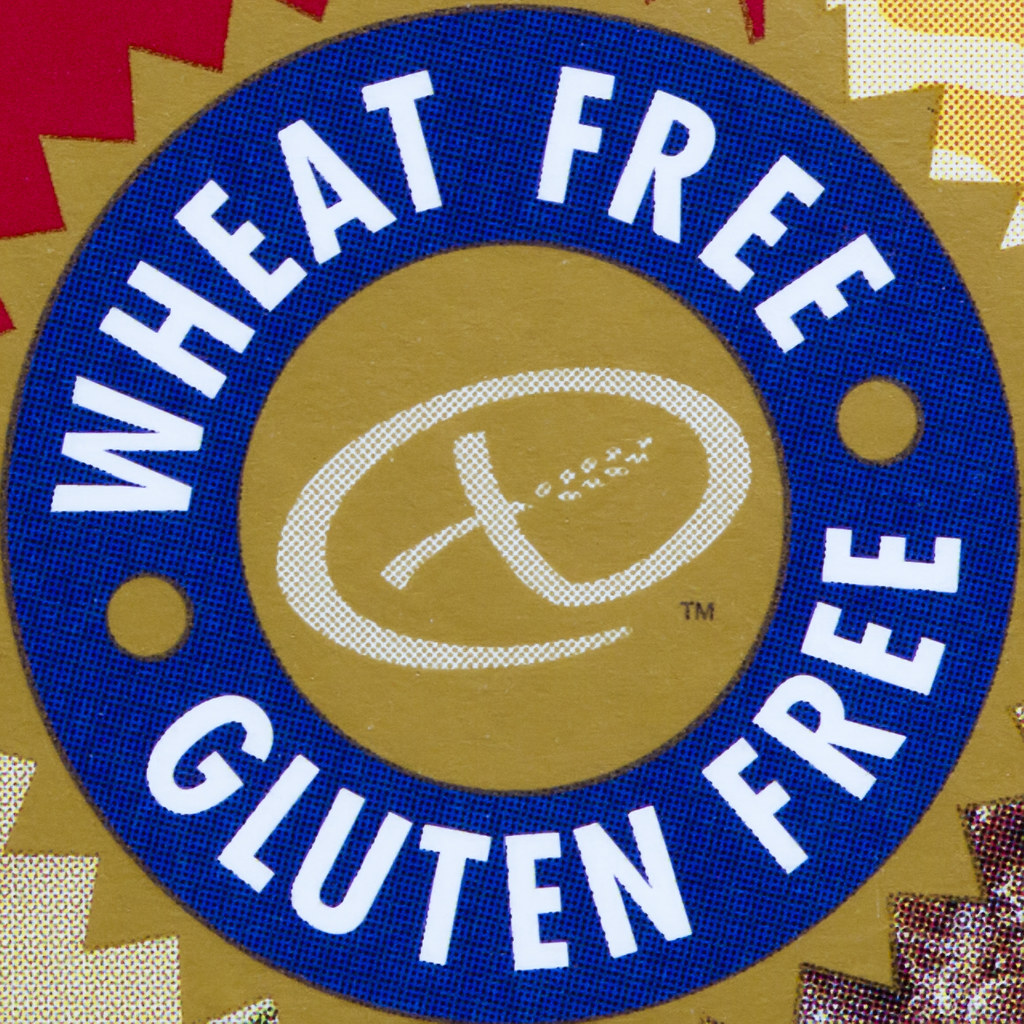More items are being labeled as gluten-free as knowledge of celiac disease and gluten-free diets grow. But what does that actually mean? And how does it vary from a gluten-free food that has received certification? What makes the two different from one another?
The degree of assurance that the product doesn’t contain gluten is the key distinction between “gluten free” and “certified gluten free.”
The term “gluten free” merely designates the absence of any gluten-containing substances, such as wheat, barley, or rye, in a product. However, this label is not subject to any stringent laws or testing specifications. It follows that a product may bear the claim “gluten free” even if it was produced in a facility that also handles components containing gluten or if it traces of gluten were present owing to cross-contamination.
Contrarily, “certified gluten free” items have undergone testing and certification by a third-party agency to have a gluten content of under 20 parts per million (ppm). This is an extremely low threshold for gluten and the level that the World Health Organization recommends for gluten-free goods. To make sure that the standards are met, these organizations have stringent guidelines and procedures in place for testing and certifying gluten-free goods.
In conclusion, a “gluten-free” label does not imply that a product is entirely devoid of gluten; rather, it just indicates that it does not include substances that contain gluten. When a product is labeled as “certified gluten-free,” it has undergone testing and been shown to contain less than 20 ppm of gluten, which is thought to be safe for those with celiac disease.

Do All Ingredients Containing Gluten Need To Be Listed?
According to FDA guidelines, all components and any potential sources of gluten must be mentioned on a product’s packaging in the United States before it may be marketed as “gluten-free.” This applies to any components made from wheat, barley, rye, or crossbreeds of these grains, as well as any components that may have been manufactured using these grains. Additionally, as oats can be cross-contaminated with gluten during growing and processing, any items manufactured from oats need to be clearly labeled as gluten-free.
It’s crucial to keep in mind, though, that other nations may have different laws and requirements for gluten-free labeling. Although Canada, the UK, Australia, and New Zealand all have comparable regulations, it is always advised to carefully read the labels if you are traveling or purchasing goods from foreign nations.

Is It Safe To Consume Products That ‘May Contain Gluten”?
Depending on how sensitive you are to gluten and how much risk you can tolerate, you may or may not be able to consume items that with the warning “may contain gluten.” Even a modest quantity of gluten can harm the small intestine in persons with celiac disease.
It’s also crucial to remember that manufacturers often use the warning label “may contain gluten” as a precaution rather than as a guarantee that the product contains gluten. When they manufacture a product at a facility that also handles components containing gluten or when they are unable to ensure that cross-contamination won’t happen, they may use this label.
Therefore, even if there is some risk involved with consuming items with this form of labeling, I can attest that the coeliacs in my home regularly consume products with the warning “may contain gluten” without experiencing any negative side effects.
On the guidance of qualified dietitian Sue Shepherd, who works in Melbourne, Australia, this was done.

Are There Other Labeling Exceptions?
The other labeling exemption that you should be aware of is when items include wheat-derived glucose or dextrose. Because of the extensive processing that eliminates any gluten that may have been present from the product, even though these sugars are made from wheat, they do not contain any gluten.
However, producers are still obligated to disclose the existence of wheat even when there isn’t any gluten there, which may confuse customers.
It is significant to note that in certain situations, the manufacturer may include a statement indicating the presence of gluten at the bottom of an ingredient list. You should use some caution if you plan to consume items that fall under this exception since this declaration may be the result of the use of wheat in the manufacturing of glucose or dextrose, but it may also be the consequence of the use of wheat in other ingredients in the product.
It’s crucial to carefully review the other contents in the items to make sure you aren’t unintentionally absorbing gluten, which might be problematic.

Comments are closed